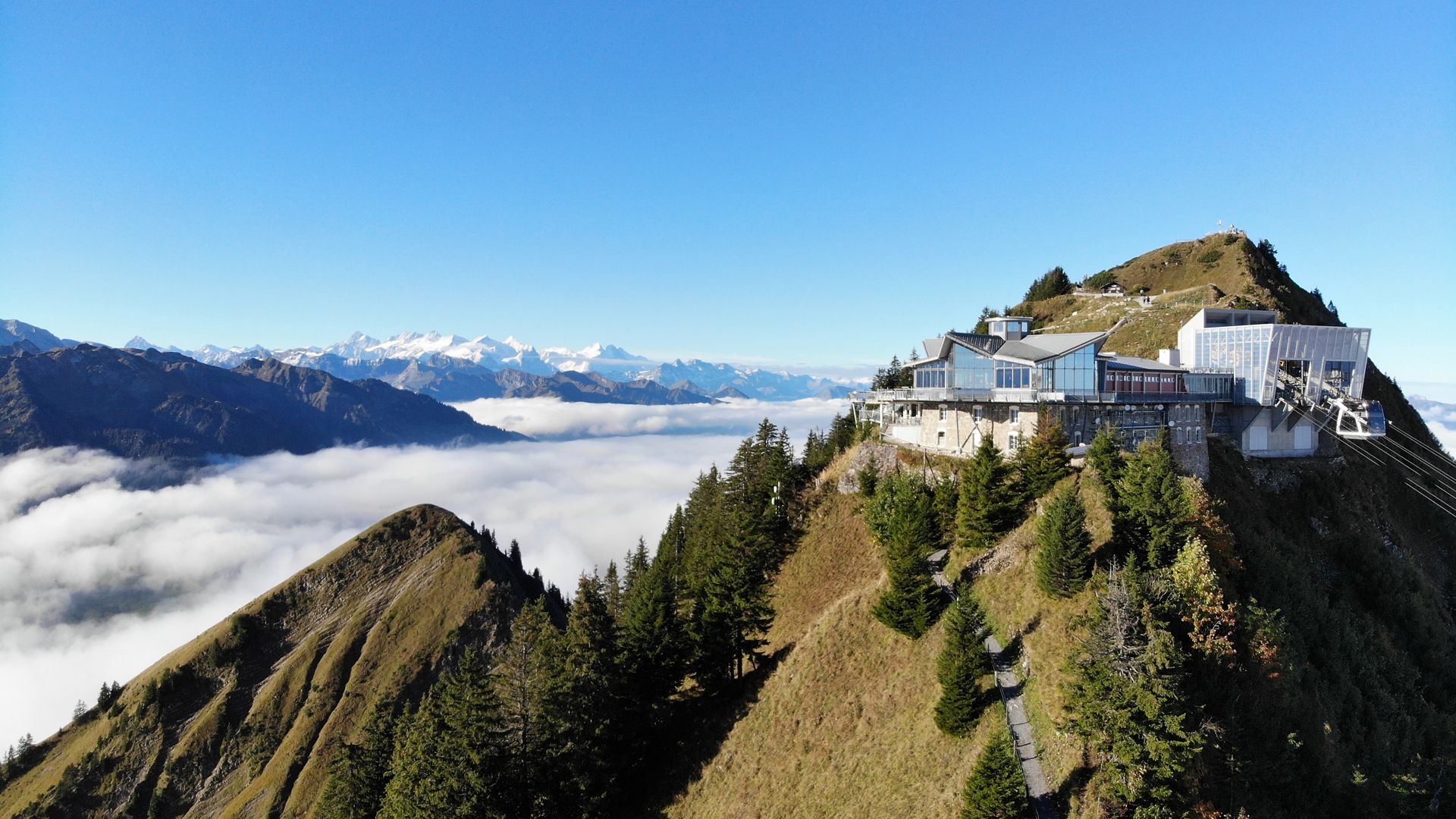Roofs are exposed every day to hazardous conditions and can be damaged and deteriorated over time. It is the most critical area of a building or structure which protects the users and interior from these hazards, and must be well-selected, well-designed and well-installed to be long-lasting without fail. Sika’s roofing systems are not only durable to wind, rain, snow, hail and other environmental conditions, but they also come with decades of Sika expertise and support.
Explore our Roof Solutions
Expert Roof Knowhow
FAQ
To waterproof a solar roof, it must be designed with a comprehensive, integrated solar solution incorporating the proven performance of waterproofing membrane assembled with the roof accessories such as SikaRoof® Base PVC and SikaRoof® Anchor-W PVC.
U-values are worked out from the Thermal Resistance of the respective materials making up the roof, similar to walls. e.g U=1 / R total. The higher the R, the lower the U, the better.
3 common types of roof insulation materials available in the market:
- PIR is a rigid polyisocyanurate foam, it is made by a chemical process by mixing MDI, polyols, blowing agents and other additives.
- Mineral wool products are generally produced out of basalt in a physical process.
- XPS (Extruded Polystyrene) is a closed-cell structure board and is often stronger, with higher mechanical performance, and is, in principle, often more expensive than EPS.
Difference between XPS and PIR roof insulation:
- XPS roof insulation layer has very high compression strength and low water absorption. XPS roof insulation is ideal for use on inverted applications and utility decks with high loading.
- PIR is excellent in its thermal characteristics. It is usually used for adhered applications and is compatible with PVC membranes.
Metal deck roofs can be repaired using PVC membrane or LAM system. Please consult Sika for further support.
Roof drainage sheets are perforated to allow water to pass through to the drainage space below. This prevents excessive water from accumulating and causing damage to the roots of the plant as well as preventing the grass or vegetation from becoming saturated.
- Green roof is an ideal way to earn LEED points because it lowers the temperature and the urban heat island effect and also promote biodiversity for the surrounding environment.
- Roof Solar System can also earn LEED's points as it creates renewable energy and reduces energy usage.
- Thermoplastic membranes is a cool roof membranes and can achieves high solar reflectance value index and thermal emittance.
The benefits of fully adhered system are:
- High aesthetical performance and individual design possibilities
- No visible fasteners and penetrations of roof deck
- Fully bonded system – low risk of lateral water underflow
Extensive green roofs
- Extensive green roofs are generally lower in term of weight and cost and it requires less plant maintenance.
- With only a few centimetres of soil, extensive green roofs typically support plants that are tolerant of high heat, like grasses and wildflowers.
- Extensive roofs are often used in areas that are not be subject to heavy traffic.
Intensive green roofs
- Intensive green roofs are generally heavier, more costly and requires more maintenance.
- The soil of intensive green roofs is deeper so it is able to accommodate trees, shrubs, bushes and vegetable gardens.
- It is not uncommon to see an intensive green roof used for recreational purposes.
Sarnafil® G 476 - Glass fibre reinforcement PVC membrane
FM approval is based on the entire the roofing assembly system. A roof assembly is defined by everything that makes up the roof, from the deck to the top-most layer.
FM approval is important to provide insurance to the company for prevention of property loss.
Thermoplastic membranes joints are sealed by using hot air welding gun and/or machine.
Mechanically fastened systems - The membrane is installed using mechanical means such as fasteners and washers.
Fully adhered systems - The membrane is installed using adhesive to bond it onto the substrate.
PVC membrane has a unique lacquer coating applied to the top surface of the membrane to reduce dirt pick up and minimize fungal growth.
Yes, PVC membrane is inherently fire resistant and does not continue to burn once a flame is removed.
Modified bituminous torch-applied waterproofing membrane generally has sand finishes or mineral slate finishes. The sand finishes membrane is used for concealed waterproofing where it is protected from UV. The mineral slate finishes act as a protection and reflection against UV, so the membrane can be exposed to UV.
Torch-on membrane is applied using a torch gun to melt the underside of the membrane for adhesion onto the substrate.
A self-adhesive membrane is cold applied using the self-adhesive on the membrane for adhesion onto the substrate.
The hot applied membrane is typically referring to a two-component product that uses a hot spray machine for application. The two-component hot spray machines can be adjusted to a specific mixing ratio, working pressure, and heated temperature.
Liquid applied membrane is monolithic, seamless, and self-flashing. The termination should apply using the same material without any accessory.
Not all liquid applied membrane are root resistance. Kindly consult Sika for suitable root resistant product.
Lquid applied membrane can be applied using brush, roller, or airless spray.

